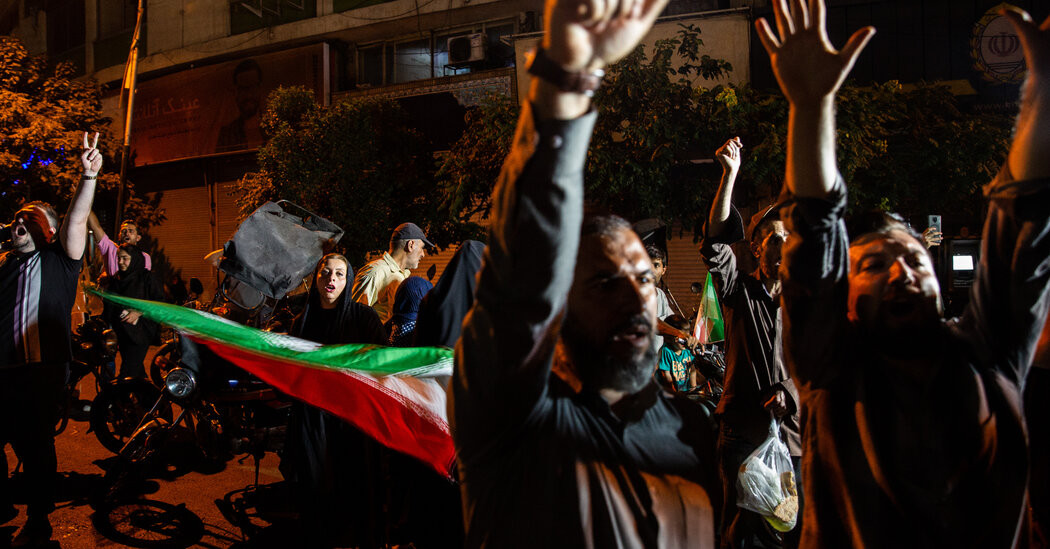

Iran’s response to the attacks on its nuclear facilities killed no Americans and each nation has a victory narrative. But an hours-old cease-fire appeared fragile and President Trump lashed out at Israel and Iran over the state of the truce.
Even before it fired missiles at an American base and President Trump attempted to broker a cease-fire with Israel, Iran was looking for a way out.
On Monday morning, Iran’s Supreme National Security Council held an emergency meeting to discuss striking back against the United States. The Americans had bombed three of Iran’s main nuclear facilities over the weekend, yet another serious blow after a week of attacks by Israel that had inflicted severe damage to Iran’s military leadership and infrastructure.
Iran needed to save face. From inside a bunker, Iran’s supreme leader, Ayatollah Ali Khamenei, sent an order to strike back, according to four Iranian officials familiar with the war planning.
But the ayatollah also sent instructions that the strikes be contained — to avoid an all-out war with the United States, according to the officials, who were not authorized to speak publicly about the country’s war plans.
Iran wanted to hit an American target in the region, they said, but it was also keen to prevent more attacks from the United States.
So, Iran’s Revolutionary Guards Corps chose the Al Udeid Air Base in Qatar for two reasons, according to two members of the Guards: Since it is the largest American military base in the region, they believed that the base had been involved in coordinating the American B-2 strikes on Iran’s nuclear facilities over the weekend.



